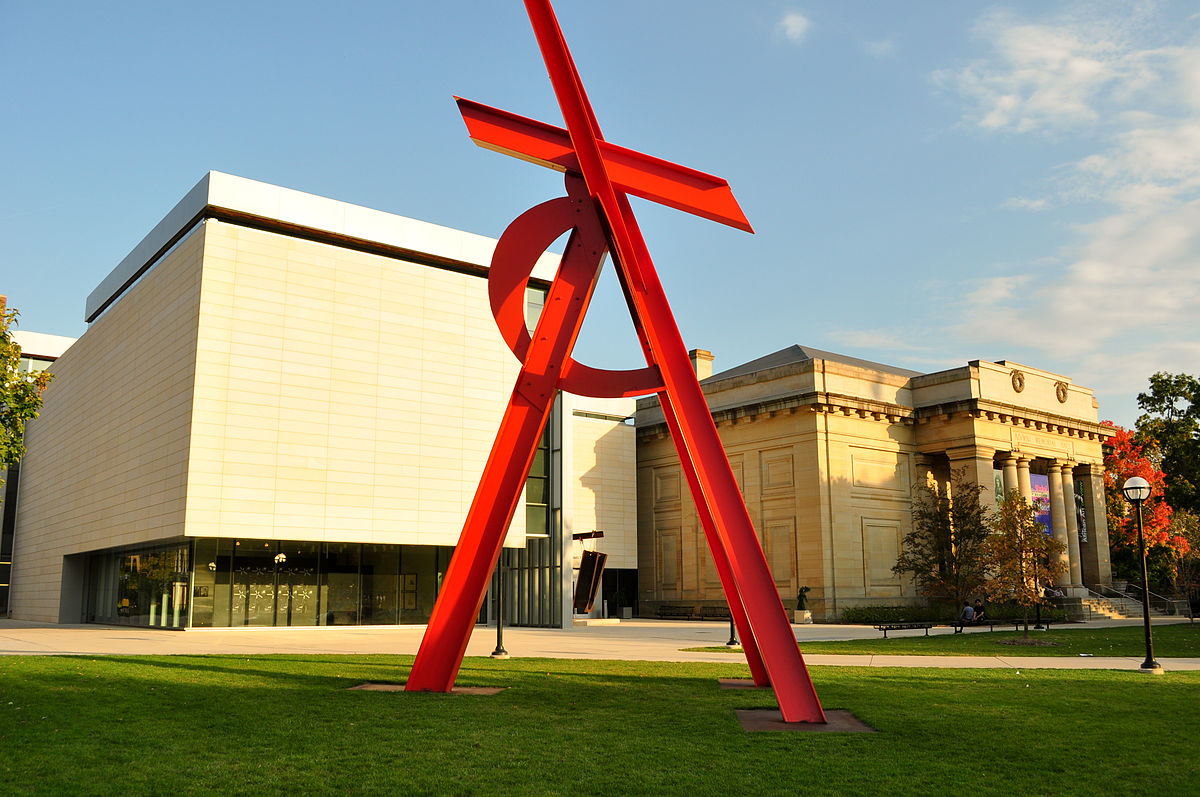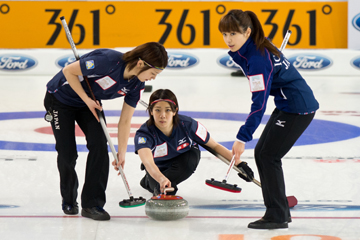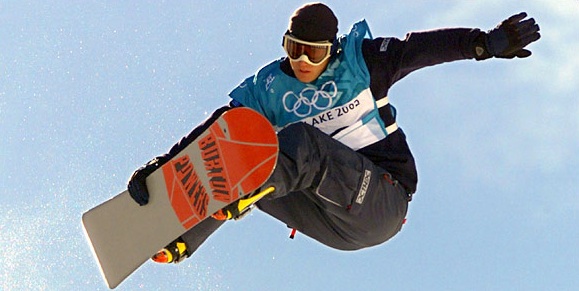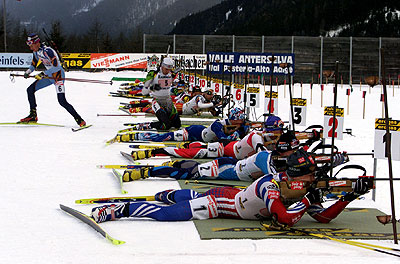In the past ten years a trend in Hollywood has taken over blockbuster movies. Studios love to make movie adaptations from popular books or comic books. The bigest and most popular has been superhero movies, both Marvel and DC, with adapting comic books into record breaking movies. The audience for people who are going to see these movie adaptations are broken into two groups: people who have read the book/comic and people who haven’t.
The people who have previously read the book come into the theater with high expectations. They have already pictured every aspect of the story and its world in their heads and are anxious to see how the big screen adapts it. These people are more likely to be let down than the other group because unless you personally made the movie, it won’t be 100% like what you pictured in your head. If fans of the book don’t like the movie than it could impact its sales as the movies reputation spreads by word of mouth. But no matter if the fans of the book like to movie or not, the movie is almost guaranteed to have a big opening weekend if the book has a big fan base. People haven’t seen it yet to form their opinion, and generally people try to go into the movie with an open mind because they know that the movie won’t look exactly like what they are picturing in their head.
People who go to the movie but haven’t read the book are often less critical because they have nothing to compare it to. The movie could generate positive word of mouth reviews from these fans if the movie was good but maybe didn’t follow along well to the book. The problem that these viewers face is if they can fully follow the plot through the entire movie. Some movies assume that the audience at least has a small understanding of the plot or characters before walking into the theater leaving people who didn’t previously read the book with questions.
An example of movie adaptations that did well in the theaters with fans that read and didn’t read the books are the Marvel movies. Now the movies have a three types of viewers: fans who have read the comics and seen all of the movies, fans who have not read the comics but have seen all the movies, and fans who only sporadically watch some of the movies. An example of an adapted movie series that went poorly was the Divergent series. The fan base that read the books were disappointed in the movies portrayals, and it didn’t gain any new fans that did not read the books. The movies did so poorly that the third movie had only a tv release.
Movies that are adapted from books are almost guaranteed to have a big opening weekend and then the feeling that the first couple audiences have will determine the success of the movies. The popularity of the movie also depends on how much it relies on its audience knowing the plot of the book beforehand, the more the audience needs to know about the movie before it starts, generally the worse the movie will do.








